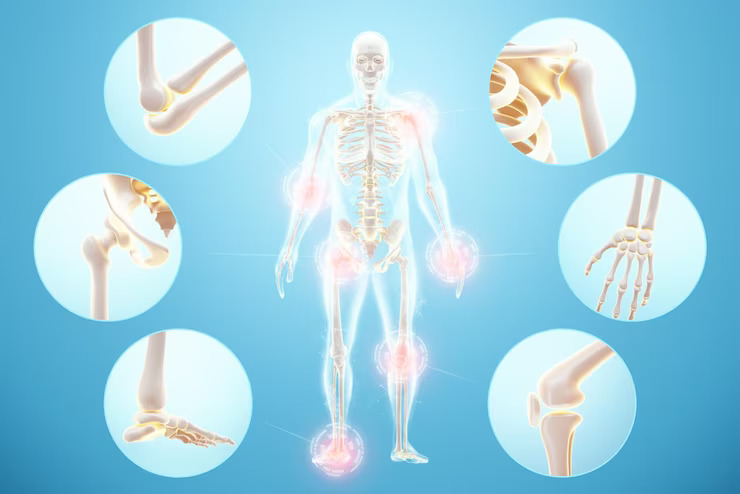
ACL Reconstruction
An accurate understanding of the anatomy of the knee, the ACL’s attachment sites, and the other ligaments and tissues of the knee is necessary for an ACL operation. The likelihood of the ACL graft failing is significantly increased if the anterior cruciate ligament is not replaced at the proper attachment locations or if other concomitant injuries are left untreated.
Although the anteromedial and posterolateral bundles of the ACL have two bundles, there is still debate over whether they should be treated as a single ligament or as two independent ligament grafts.
Although the double-bundle ACL reconstruction technique initially appeared to be very promising, many research groups, including ours, have greatly reduced the indications for double-bundle ACL surgery and discovered there is very little difference between a single and double-bundle ACL reconstruction for the vast majority of patients.
Conditions Treated
- Treats related injuries to get the best results
- Treats injury to the anterior cruciate ligament
- Guarantees precise attachment points for successful grafting
Emergency?
24 Hour Ready
Call Us for Emergency
+91-9828501360
Book an Appointment
Seamless Fitness Care Access: Booking an Appointment with Your
Trusted Doctor
ACL Reconstruction FAQ's
ACL reconstruction is a surgical procedure that involves replacing a torn or damaged anterior cruciate ligament in the knee with a graft, typically taken from another part of the patient’s body or a donor source.
ACL reconstruction is usually performed using minimally invasive arthroscopic techniques. The surgeon creates small incisions in the knee, removes the damaged ACL, drills tunnels in the thighbone and shinbone, and inserts the graft to replace the ligament.
ACL reconstruction is typically recommended for individuals who have experienced a complete tear or significant damage to their ACL. It is often advised for athletes and active individuals who wish to return to activities that require a stable knee joint.
ACL reconstruction is typically recommended for individuals who have experienced a complete tear or significant damage to their ACL. It is often advised for athletes and active individuals who wish to return to activities that require a stable knee joint.
The recovery process can be quite extensive. It usually involves a period of non-weight bearing, followed by a gradual return to weight-bearing and physical therapy. Full recovery and a return to high-impact activities can take several months.
Graft options for ACL reconstruction include autografts (tissue from your body) and allografts (donor tissue). Common autograft choices include the patellar tendon, hamstring tendon, and quadriceps tendon. Allografts are typically taken from a cadaver donor.